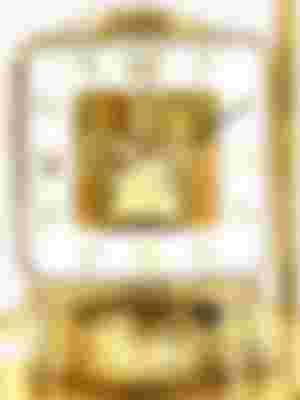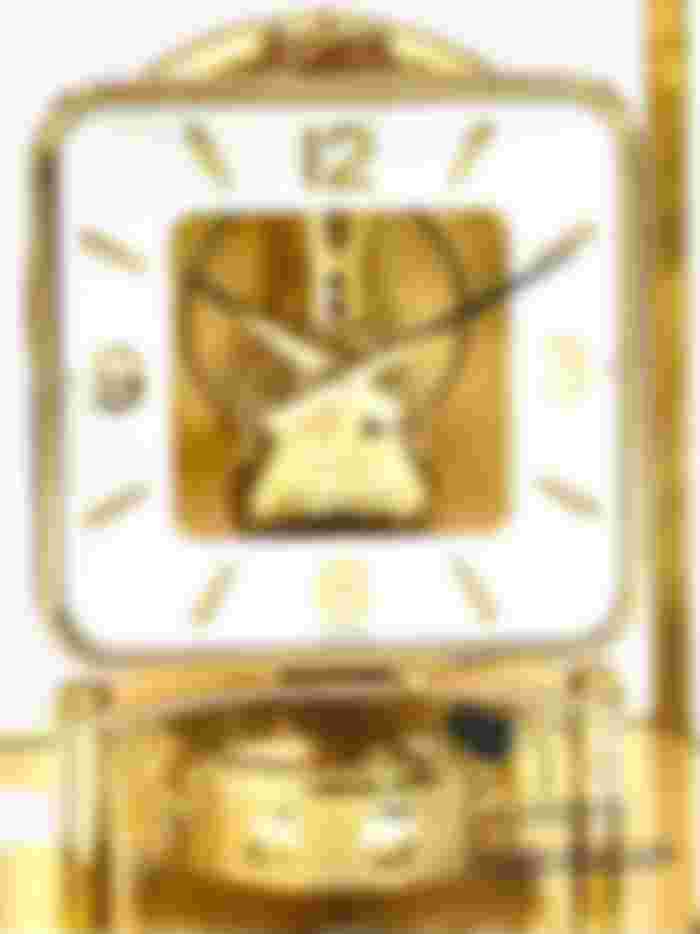An English classic is the antique longcase clock.
The longcase clock is the exemplary English clock and is for the most part thought to be the best accomplishment of English clock production. Longcases are valued by gatherers for the great of their cases and developments and partake in a wide prominence today.
There are enormous numbers available for use, as they were potentially the most broadly delivered kind of English clock. They were likewise created in the US - where they are known as tall cases - and on the Mainland of Europe, however for the most part in lesser amounts than in Britain.
The earliest English longcase tickers were delivered by London creators. By longcases were being made by common clockmakers in focuses like Bristol and Oxford. By the mid-eighteenth hundred years, clockmaking had become laid out all through Extraordinary England, and, surprisingly, little towns could flaunt having their own creator.
The long wooden case was an appealing yet additionally useful answer for the issue of giving a steady, dust-free climate for the pendulum and the loads hanging beneath the clock development. The fundamental casing, or corpse, is constantly oak.

The earliest cases were veneered with midnight or ebonized wood. Later cases highlight marquetry, pecan or mahogany facade, lacquer work, and strong oak. As bigger and more intricate cases were delivered, creators frequently utilized brightening contacts, for example, top finials, penetrated frets, and metal hanging or mounts.
Developments
The longcase development comprises an anchor escapement with a long, seconds-beating pendulum. The anchor escapement was impressively more precise than its ancestor, the edge escapement, utilized in some early long cases. The longcase component bit by bit consolidated complex mechanical refinements, for example, moon dials or cosmic or melodic work. All models are weight-driven, with the loads plunging inside the case.
Longcase timekeepers for the most part run for eight days prior to waiting to be wound. Dials were initially square in shape, yet from c. the curved dial turned into the most well-known style. The round dial became stylish in the late eighteenth and mid-nineteenth years. The dial might be metal - it is possible that one-piece, or with an applied part ring - or probably painted metal.
Specialists think about the early models, particularly those with dark, pecan, or marquetry cases, to be the main English longcases. The wonderful workmanship and fine extents of these clocks, especially those by Thomas Tompion, Joseph and John Knibb, and Edward East, make them the most profoundly pursued - and costly - antique longcase timekeepers.
For More Info:-
